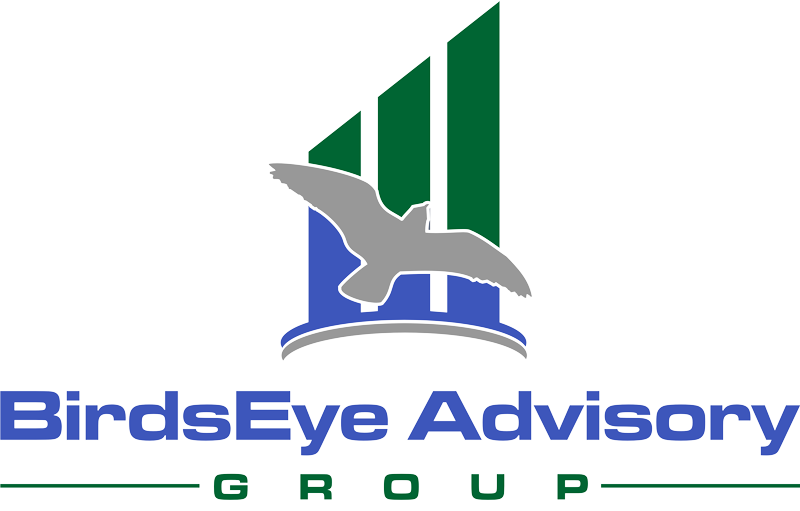by Craig Lawson
In advance of our “Ask a Pet Industry M&A Expert” consultation sessions at Global Pet, we thought our readers and GPE attendees would find it helpful to gain additional insight into the current pet industry M&A landscape. As active advisors in the pet mergers and acquisitions arena, we’re struck by a couple of dynamics and emerging trends at play.
In terms of the consumables space, acquisition activity and consolidation amongst larger players (e.g. Nestle Purina, Mars, J.M. Smucker, etc.) have abated, after a period of robust activity. Somewhat stepping in to fill this void are second and third tier players, oftentimes private equity backed and as such, significantly smaller than the larger aforementioned firms. In terms of subsectors of the consumable space, treats continue to be highly prized, with food (highly consolidated and generally less profitable) much less so. Regardless of treat or food designation, owned manufacturing capacity is often seen as a plus (versus a pure contract manufactured model) . Natural, grain-free, made-in-the USA are all are labels that generate significant buyer interest. Further, many pet parents are increasingly purchasing alternative pet food, treats, and food topping forms such as freeze dried, dehydrated, and raw. Not surprisingly, a presence in the pet specialty channel is typically prized, whereas a presence in Food/Drug/Mass (where shelf space is limited and expensive to obtain), somewhat less so.
On the pet durable side, acquirers continue to focus on the same fundamental business attributes that has resulted in successful sales of several high-end pet durables companies over the years. Premium price points, strong intellectual property, and lack of customer concentration (with a strong presence nonetheless in big box pet specialty) all resonate with the buyer universe. We’ve also noticed a discernible trend towards an affinity for traction in the rapidly growing e-Commerce space. E-commerce is a rapidly growing channel (~ 15%/year) while brick-and-mortar broadly speaking is growing at ~2-3%/year.
According to Packaged Facts, e-Commerce represents over 4% of total pet industry sales and the channel is expected to grow between 10%-15%/year through 2018 (vs. 5%/year for the industry as a whole). Millennials, the fastest-growing segment of all pet owners, have grown up with e-Commerce and are the most prodigious users of the channel as well. A strong and growing presence on Amazon, Chewy.com and other rapidly growing e-Commerce sites is increasingly seen as not only a nice to have, but a need to have, amongst discerning buyers.
Noteworthy as well, whereas in the past, certainly consumables, and to a lesser extent durables, were top of mind for acquisition oriented players, pet services certainly appear to have garnered a larger share of mind and activity for both private equity and strategic buyers (look no further than the Mars acquisition of VCA). While veterinary clinics have long been a staple of groups focused on pet services, we are seeing more interest and activity with respect to pet insurance, daycare and pet hotels, and wearables-analytics, among others.
The increased focus on services is driven by the fact that service businesses require low levels of invested capital, are crucial to the continued humanization of pets, and equally important, are oftentimes viewed as a less expensive way for investors to enter the pet sector.
Craig Lawson is a Founder and Managing Director at MHT Partners, a middle market investment bank that serves as the preeminent advisor to innovative, niche market leaders with offices in San Francisco, Dallas, Boston and Boulder. Craig leads MHT’s Consumer Growth practice (including Pet) and brings over 20 years of experience, including dedicated public and private company M&A deals spanning buy-side and sell-side transactions, LBOs, capital raises, going private transactions, joint ventures, cross border transactions, and fairness opinions.

